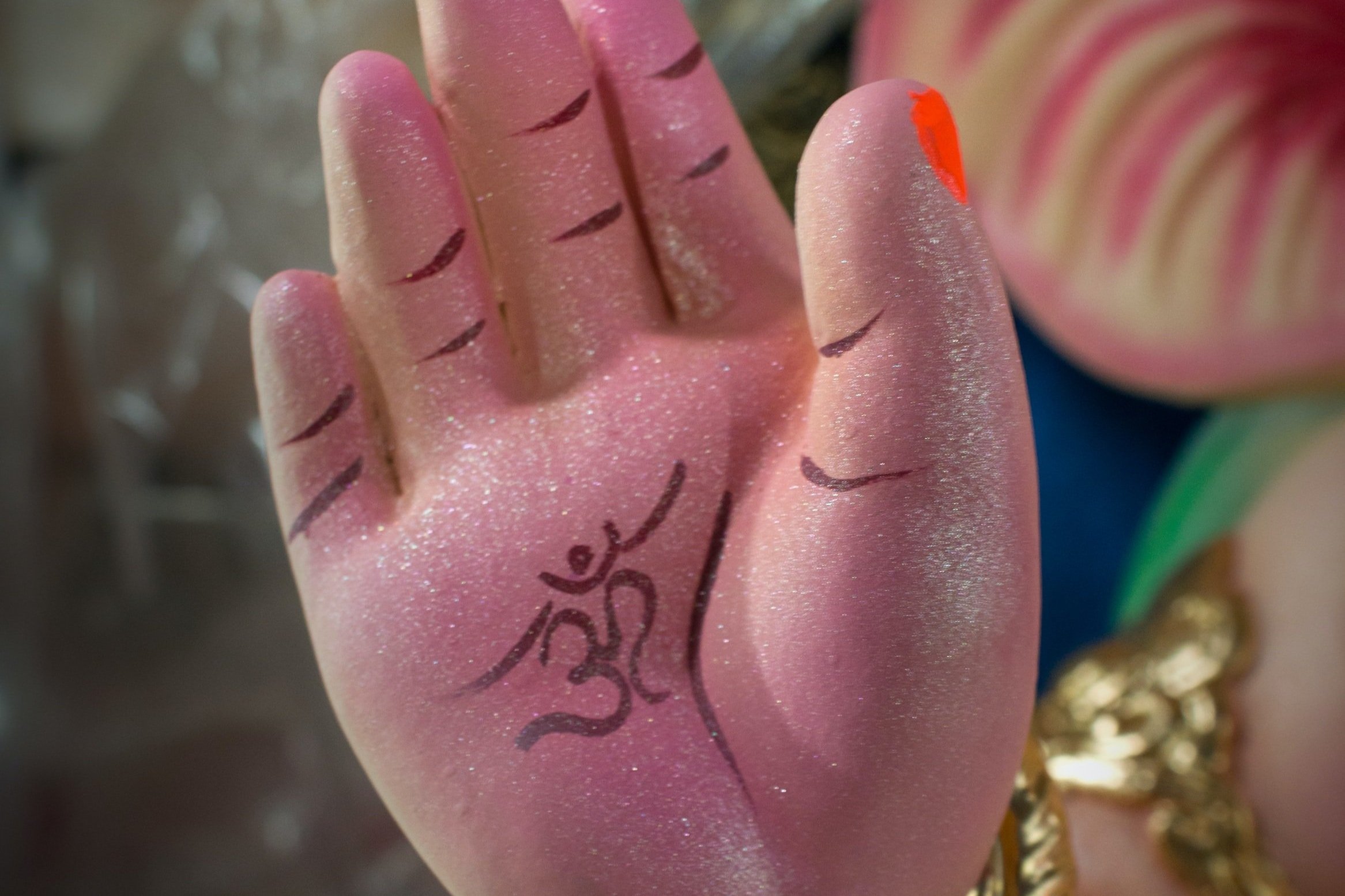Why do we chant OM in yoga classes?
Why do we chant OM?
We had a discussion in one of my classes last week about why we chant OM and its meaning, so I thought it might be useful to share.
The meaning of OM
The Manduhkya Upanishad tells us in its first verse that everything is Om, the world and past, present and future, as well as anything that lies beyond the phases of time, is also Om. OM can be described as absolute transcendental reality or Brahman. OM is the same as Brahman and Brahman and Atman (individual consciousness) are also the same.
In Shankaracharya’s commentary on the Manduhkya, he explains that words and sounds are identical to the things they represent. The word mantra in Sanskrit comes from the root “man”, as in manas or mind and “tra” which means tool. Therefore a mantra (such as Om) can be described as a way to protect the mind through its repetition.
For me chanting OM at the start of my practice is a reminder of the consciousness within, and an opportunity to reconnect with that energy. The Manduhkya says the inherent quality of the Atman is joy. I like to remember that every time I chant OM particularly if I’m having a bad day.
Honouring the sacred symbol OM
On another note, we often see the sacred symbol OM appearing on yoga clothing and yoga mats. Whilst this might be done with the best intentions It’s important to consider the meaning of OM, and its significance when analysing if this is the way we should be using a scared symbol, especially on yoga mats which we step on.
Sometimes in the Western world, we appropriate things from another culture and end up causing harm to that culture because we misuse sacred symbols or take things out of context for the sake of fashion. It’s also often the case that people from the culture we’re appropriating are marginalised in our society, and even persecuted for their religious beliefs or cultural practices, which we then go on to adopt with impunity. Whilst our intentions might be harmless, it’s always important to consider their impact on others.


